Food is more than nourishment in Japan—it’s an art form, a philosophy, and a cultural identity. From meticulously prepared sushi to steaming bowls of ramen, Japanese cuisine thrives on freshness, balance, and presentation. Underlying this culinary beauty is an uncompromising focus on safety and hygiene. For professionals pursuing the ServSafe certification, lessons from Japan’s approach to food can provide invaluable insights. This guide will walk you through what the ServSafe test entails, how to prepare effectively, and how Japanese food culture reinforces the importance of safe food practices.
The Importance of Food Safety in Japan
Food in Japan is not just a meal; it is an art form and cultural expression. With such strong culinary traditions, the government enforces strict food safety laws. Restaurants, sushi chefs, and even street vendors must comply with hygiene regulations.
For example:
- Sushi and sashimi require special handling since raw fish carries risks of foodborne illness if not properly stored.
- Ramen shops often deal with high-volume operations, where cross-contamination must be carefully prevented.
- Convenience stores (konbini) like 7-Eleven and Lawson sell ready-to-eat meals, making strict packaging and handling guidelines essential.
Japanese food businesses already operate under a strong regulatory framework. However, aligning these practices with ServSafe test certification adds an internationally recognized standard that can be especially beneficial for establishments serving international visitors or expanding abroad.
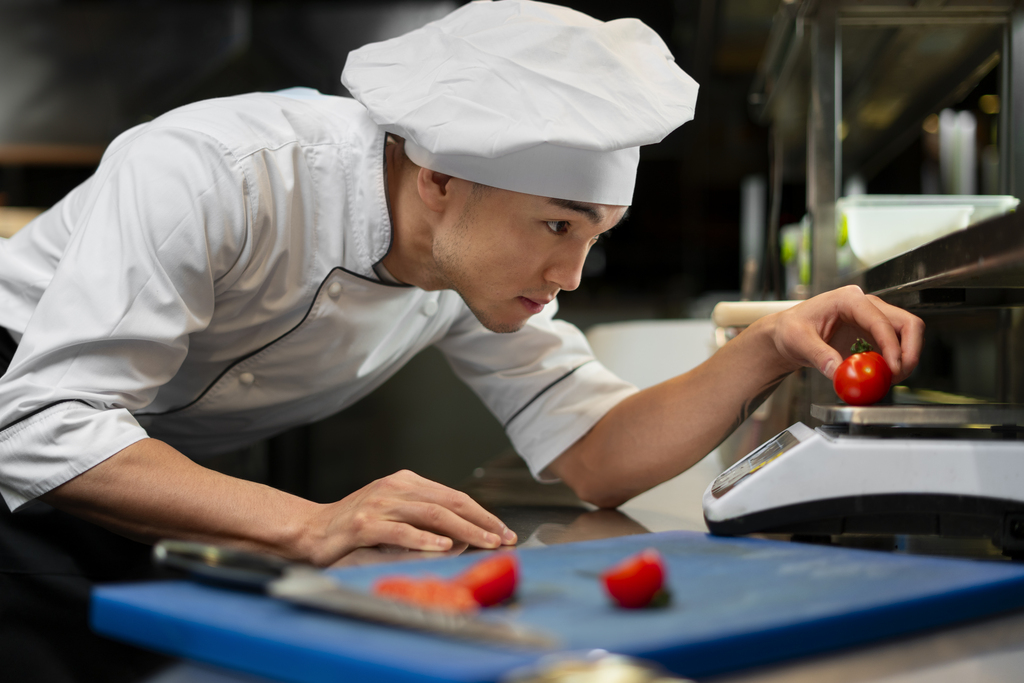
What Is the ServSafe Test?
The ServSafe Test is a certification exam developed by the U.S. National Restaurant Association. It covers key areas of food safety such as:
- Foodborne illnesses and prevention
- Proper food handling and storage
- Cross-contamination control
- Cleaning and sanitization procedures
- Food safety management systems
Earning a ServSafe certification demonstrates a professional’s knowledge and commitment to preventing foodborne illnesses. For food handlers in Japan, it complements the country’s strict standards by adding global recognition—especially useful in an international food service career.
For practice and preparation, you can explore resources.
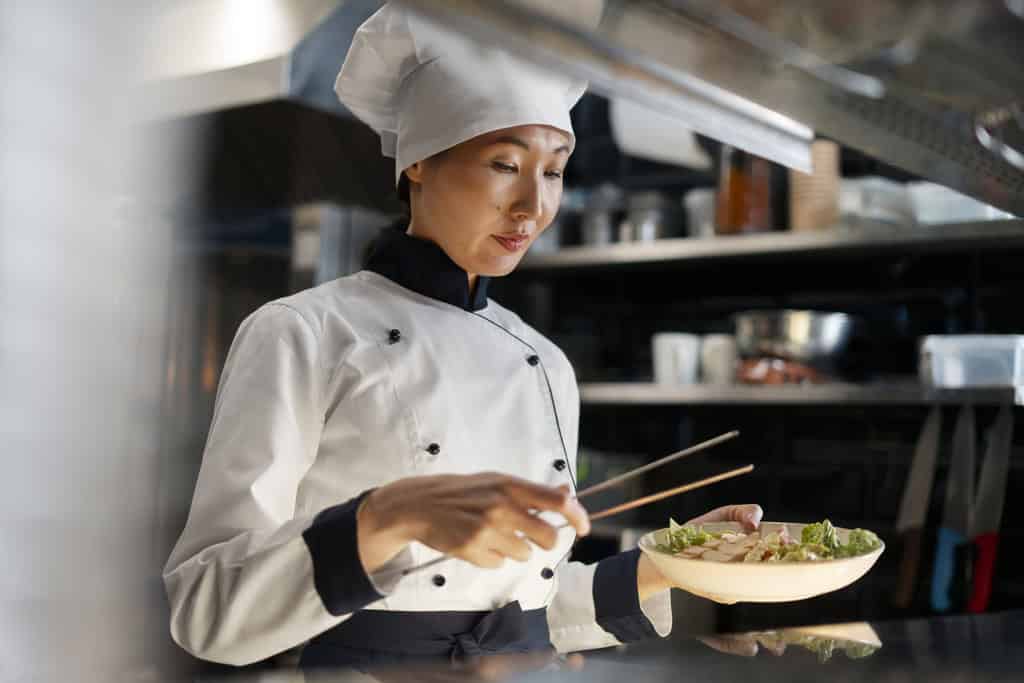
ServSafe Test vs. Japanese Food Safety Regulations
Japan has its own food safety laws governed by the Ministry of Health, Labour and Welfare (MHLW). In 2021, Japan also implemented HACCP (Hazard Analysis and Critical Control Points) guidelines, aligning with international standards.
Key comparisons:
- ServSafe focuses on practical food safety skills for restaurants, kitchens, and catering services.
- Japanese HACCP regulations are broader and apply to food manufacturing, distribution, and retail as well.
- Combining both ensures Japanese chefs and restaurant owners meet domestic laws while also holding an internationally recognized certification.
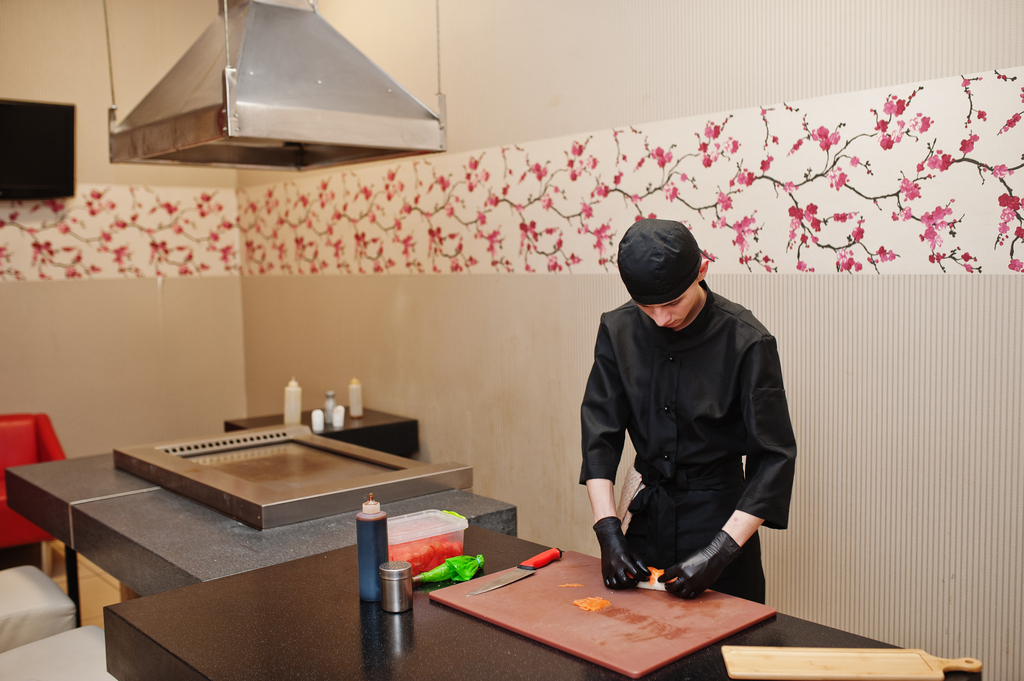
Why ServSafe Certification Matters in Japan
- Global Recognition – Restaurants in Tokyo, Osaka, and Kyoto that serve international customers benefit from a certificate understood worldwide.
- Boosting Culinary Careers – Japanese chefs working abroad, especially in the U.S. or Europe, often need a ServSafe certification to meet local job requirements.
- Strengthening Tourism – With millions of tourists visiting Japan yearly, having globally trained staff reassures customers about food safety.
- Support for International Brands – Global chains like McDonald’s Japan, Starbucks, and hotel restaurants often align with ServSafe standards.
Preparing for the ServSafe Test in Japan
Anyone working in Japan’s food industry can benefit from studying for the ServSafe exam. Preparation usually includes:
- Practice Tests – Online resources offer sample exams.
- Food Handling Training – Practical skills such as temperature checks, sanitation, and allergen management.
- Bilingual Study – Many Japanese professionals prefer English-Japanese study materials to ensure complete understanding.
Benefits for International Students & Chefs
Japan attracts thousands of international culinary students and aspiring chefs who study traditional Japanese cuisine. Obtaining a ServSafe certification provides them with:
- An edge in international career opportunities.
- Proof of knowledge in food safety, which can complement their Japanese culinary training.
- The ability to work in restaurants in Japan that cater to global tourists.
How to Take the ServSafe Test
While the exam is primarily offered in the U.S., it can be taken internationally through authorized providers. Food professionals in Japan can:
- Register for the ServSafe online exam.
- Prepare with resources like practice exams and study guides.
- Earn a certificate valid for five years, which can be used in both domestic and international settings.
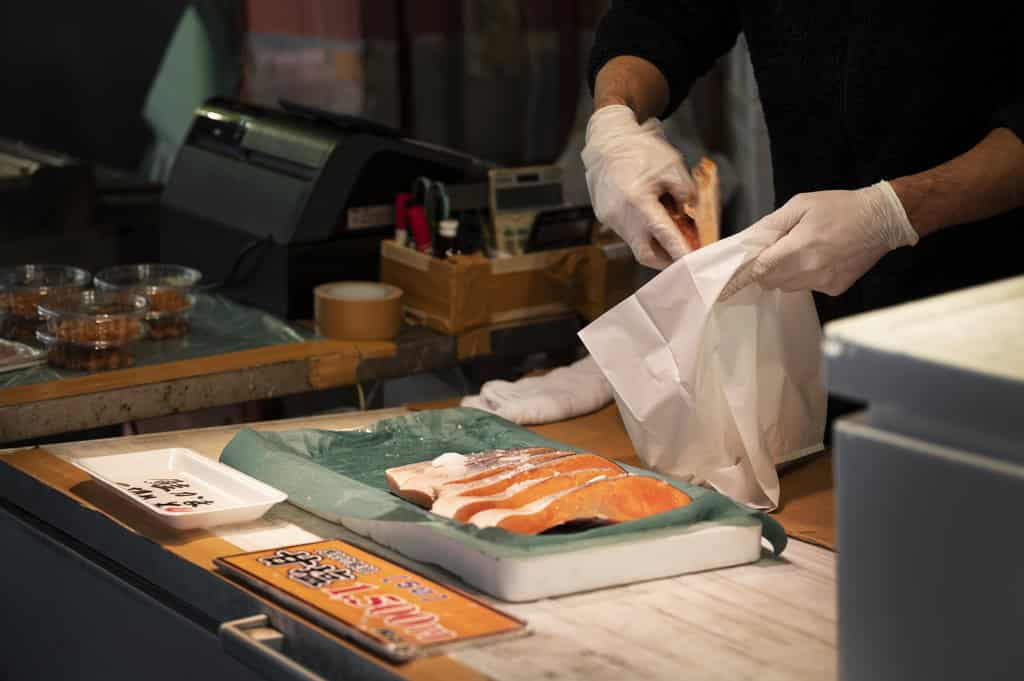
Challenges & Considerations in Japan
While ServSafe is useful, there are some challenges in adapting it fully to Japan:
- Language Barrier – Most ServSafe materials are in English, which may be difficult for some Japanese food handlers.
- Overlap with HACCP – Japanese regulations already enforce strict safety measures, so ServSafe may be seen as extra rather than necessary.
- Costs – Certification requires payment, which may deter small businesses or street vendors.
Despite these challenges, the global recognition of ServSafe makes it increasingly appealing in Japan’s internationalized food scene.
Conclusion
Japan’s culinary reputation is built on a delicate balance of tradition, presentation, and flavor. However, behind every perfect sushi roll or steaming bowl of ramen lies an equally important commitment to food safety. The ServSafe Test bridges cultural excellence with global safety standards, offering Japanese chefs and food businesses a way to stand out on the international stage.



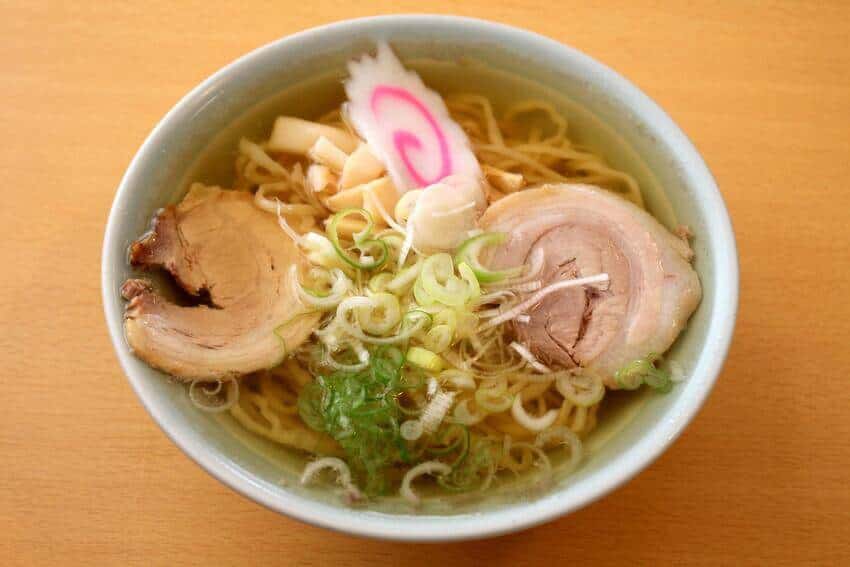
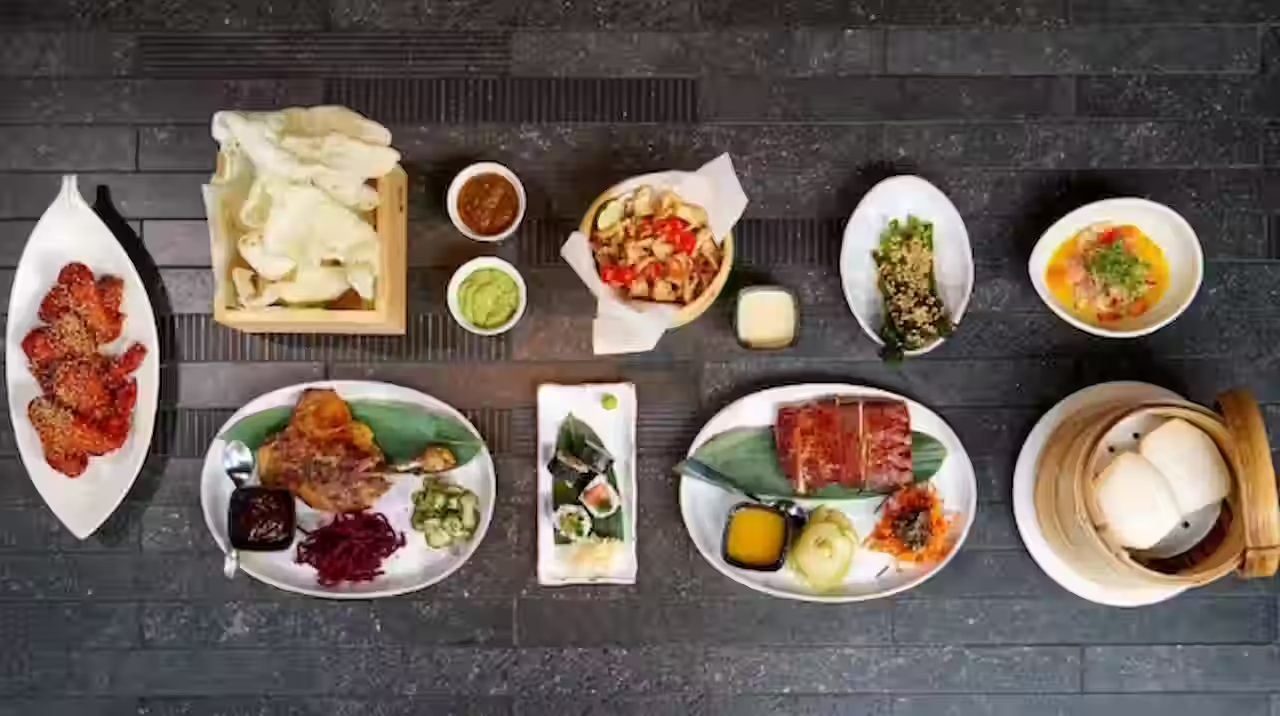

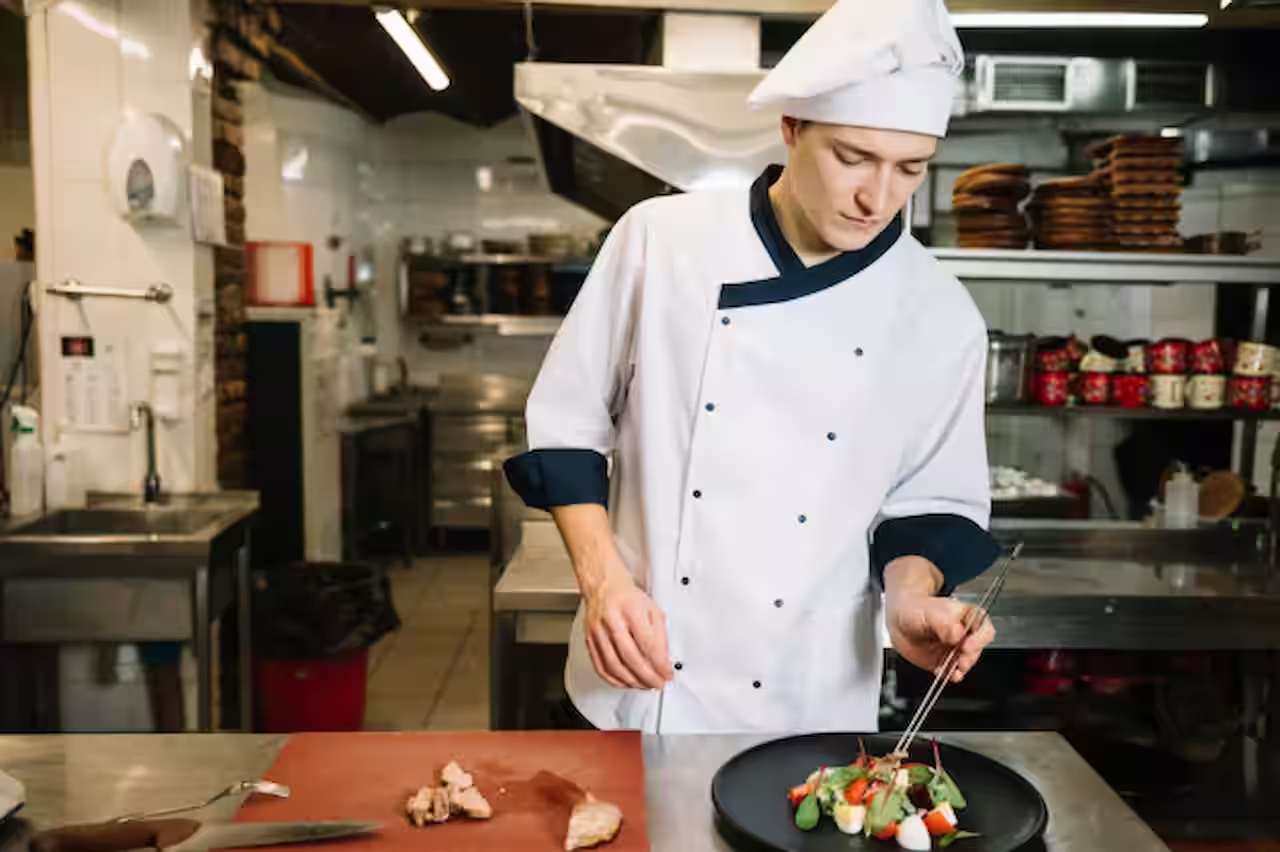

Comments